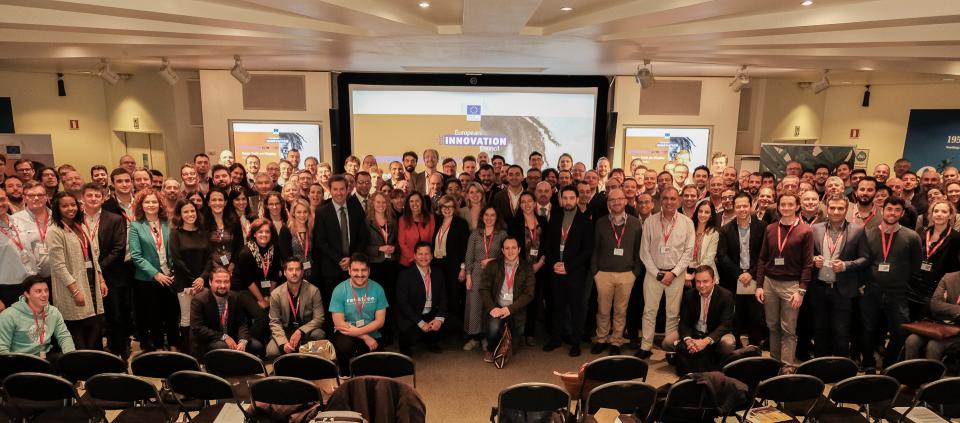On 3-4 April, Nanografi was one of over 100 companies funded by the European Innovation Council (EIC) pilot that participated in a matchmaking event at the InQbet Accelerator in Brussels with large corporates and open innovation experts. Hosted by P&G and The Growcery, participants also included representatives from Cargill, Port of Antwerp, bpost, Nokia, Umicore, ING and Solvay and twenty other big corporations.
The event tackled important topics geared toward the scaleup community, including factors that influence corporate decisions when partnering with scaleups; the different ways corporates in different sectors approach open innovation; the importance of corporate innovation labs to fuel pilot projects and incubation; and important considerations scaleups should contemplate when partnering with larger corporations to push their products to market.
For the scaleups selected for the event, it was an important occasion to share their vision with an audience of experts and corporate insiders. A total of 103 entrepreneurs, coming from 25 European countries and Israel participated in 14 pitching sessions and more than 600 business meetings – a record figure the EIC Corporate Days.
We’re very happy to have participated in this event promoted by the EIC pilot. We hope the event will lead to positive follow ups and the ability to start a partnership that can help us scale-up our business.
The EIC Corporate Days link entrepreneurs with international companies to engage in open innovation towards new products, pilot projects and new business models. Since 2017, more than 400 companies funded under the EIC pilot programmes have participated in matchmaking events with large corporates across Europe.


Comments
Post a Comment